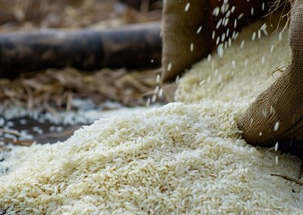


About 65% of India’s population consumes rice, making it one of the most important food crops in the country. Rice, in its raw form cannot be consumed and therefore, the need for processing surfaces. Typically, a milling process involves 3 basic stages:
The target people for rice supply are the farmers, the merchants who deal with rice and other associated products. The unit at Bhadrak, has a comfortable market for selling its products in all types of markets, be it local inert market or export. GIPI plans to sell 50% of all rice manufactured to Bangladesh and a few European countries where we currently have rock solid contacts. We already have different types of orders from our export contacts and local Odisha market as well as interstate. GIPI is more interested in Free Sale marketing rather than custom milling. We have an experienced marketing team that will ensure that all orders will meet with the manufacturing capacity that GIPI will possess.
In modern mills, a number of additional adjustments are present that not only ease out the process, but also produce better quality rice with higher yields.